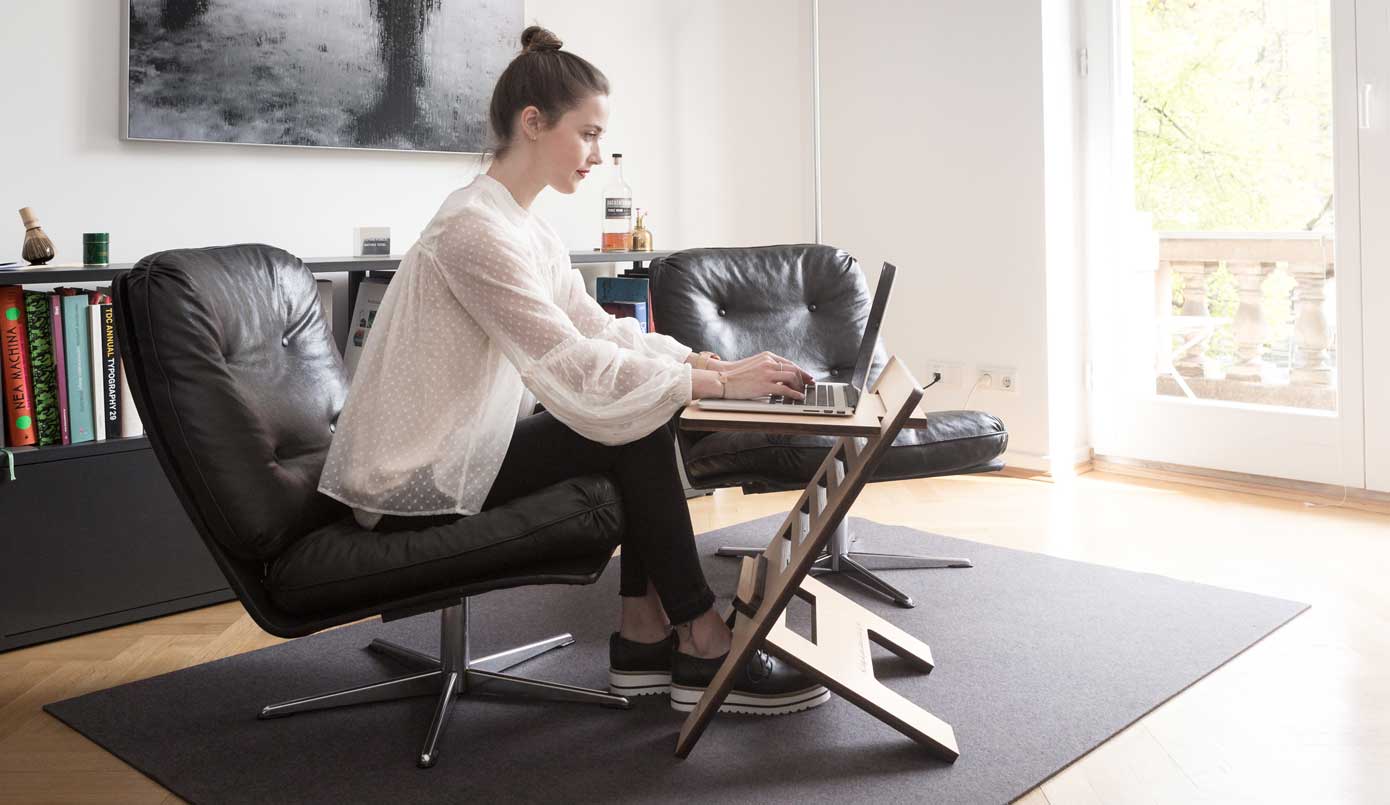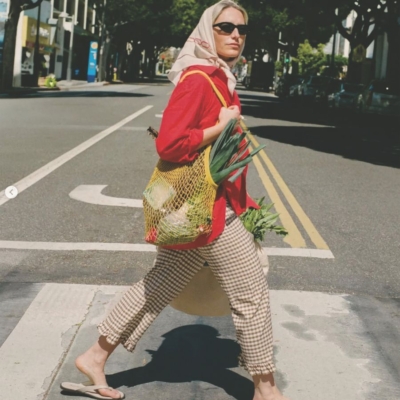These virtual exercise classes can sort your #WFH aches and pains – all ages and fitness levels can benefit from Pilates …
Are you one of the many people doing online exercise classes this year? Whether it’s Joe Wicks or Yoga with Adriene, this has become an important aspect to lockdown life, in the absence of any other sport or gym. Even those of us who haven’t countenanced donning Lycra and going to an actual class in decades are now tuning in to online sessions.
Pilates and yoga are two of the most popular, since they help with everything from posture to stress-relief, and you can do them until you’re 100. Women of all ages attend the online classes run by Anna Frankland’s Reform Pilates, usually based in Blackrock, Co Dublin. There’s a weekly schedule of live interactive Zoom classes for all levels and abilities, and if you miss one you can receive a recording. If you’re new to Pilates, try Laragh’s beautifully gentle and soothing beginner’s classes – I’m convinced Laragh could teach anyone in the world, of any age, and make them love it – while other classes are more challenging; there are even dedicated sessions for teens (Thursdays 5-6pm). Some miss the sociability of attending a real-life class, of course – but the live online classes offer convenience and a more private way to exercise for those who aren’t usually keen on group classes (not to mention a welcome 50 minutes away from the kids/dog/day job). All you need is a mat.

GET UP, STAND UP
So what are the most common problem areas that can be worked on using Pilates? Frankland is seeing most demand for necks, shoulders and backs. “We’re seeing a lot of issues from too many hours sitting and not moving. And often people will have a terrible home working set-up with desks, chairs and screens in poor positions; I’ve seen people on a flimsy wicker chair, chairs with no support or even sitting on a stool. I’m doing a lot of one-to-one sessions and ask people to show me their setups – we can do a bit of ergonomic work to help with that. You might have had your desk setup checked at work but not at home.”
Working from home gives people less excuse to get out of their chairs, she notes, and people are missing a commute: “We never thought we would say that, but even that walk to the Dart, or getting out at lunchtime really helps in terms of just getting off your chair.” What people are particularly missing, notes Frankland, is head support: “I find myself giving out links to decent chairs – Ikea has a good one. You want to feel the chair against the back of the head – that’s the right position. If your head is forwards, as you look at your computer or phone screen, it pulls the spine forward and puts stress on it, and you’re going to see problems with the shoulder joints. I’m always trying to encourage people not to poke their heads forward in front of the rest of the spine, but to keep the back of head on the head rest, as you should in the car, too, as this helps to keep the head in line with the rest of the spine.”
Frankland suggests putting PostIts around the place to remind you to pull your chin into your neck and keep your head in line with your spine – “try interlocking your hands behind your head and press your head back.” We also see problems with upper backs and hips – try to remember to not cross your legs – keep your two feet on the ground. Or at least keep it even, and change legs equally. These are all small obvious things that we all tend to forget about.”
FEET FIRST
Lack of supportive footwear can also be a problem when working from home. “The difficulty is people going from wearing normal shoes to being barefoot at home all the time, or just in socks or slippers. You need to be wearing supportive footwear for the majority of the day. Our knees in particular are used to being supported and so there has to be a gradual change, rather than going cold turkey from proper shoes to being barefoot all the time. You need to find out what the right footwear is for you, depending on your feet and arches – any good sports shop should be able to tell you.” [Amphibian King in Bray is particularly good at checking your gait, and is recommended by physiotherapists; www.amphibianking.ie].

PREPARING FOR SPORT
As the return to sport begins to look even slightly more hopeful, it’s a good idea to strengthen up and improve our strength and flexibility, notes Frankland, in order to avoid injury. “It’s all about having that balance, as with most things in life: we need to do the strength and flexibility work to complement the cardio exercise, whether that’s tennis or running or whatever, and especially as we get older. You need both. Build up gradually, warm up and stretch before and after exercise.” Yoga and Pilates are great for stretch work, she notes, and “we need that for our bones; we are all losing muscle the older we get – from the early 30s onwards especially for women – and I really feel there is not enough awareness of this. Our bone health is shocking here, and the crucial thing is keeping strong.”
“Each sport is very specific, the way you use your body for it, whether golf, tennis or cycling. So it’s worth looking up specific ways to support the particular movement patterns for any given sport. Our bodies are amazing and it’s crucial to keep them strong, and to support strength and flexibility. Take what you’ve learned from any past injuries and perhaps start doing your physio exercises again, for example – we are all so excited to return to sport but we need to take it carefully. Saying that, a lot of people have been doing more walking and cycling during lockdown. Pilates can help with short hamstrings, quads and improve your glute and core strength.”
MULTI BENEFITS
Pilates is renowned for changing your shape, but it’s more about what it enables you to do, says Frankland. “It keeps you doing what you love to do and it changes the body from the inside out. There’s such a focus on the superficial now, both emotionally and physically. Physically we need to strengthen from the inside out – you will feel the difference – and when it’s taught well, it changes the way you think about your body. We use our bodies in such limited, repetitive ways – it’s about using your body in many of the ways it’s designed to move and keeping everything strong and moving as it should, not just repeating the same limited movements.” There are other benefits too: many of Frankland’s clients tell her they have never slept so well. “The evening classes especially can help you to unwind, get out of your head and into your body, tire you and help you to sleep.”

THE BASICS
Keep in mind the basics, says Frankland: “Your eyes should be at the centre of your screen. Sit up on your sit bones. Get up every 45 minutes out of the chair – it’s crucial to move regularly, even for a short time, and not remain in a fixed position. And your head position is hugely important.” Her other tip is vitamin D. “To support your immune system, ensure you get enough vitamin D. I’ve been telling clients this for years especially women – get a strong dose and take it throughout the year.” [A new oral spray Neutrient Vitamin D3 + K2 is available from www.abundanceandhealth.co.uk, €23.98.]
LOVETHEGLOSS.IE?
Sign up to our MAILING LIST now for a roundup of the latest fashion, beauty, interiors and entertaining news from THE GLOSS MAGAZINE’s daily dispatches.











